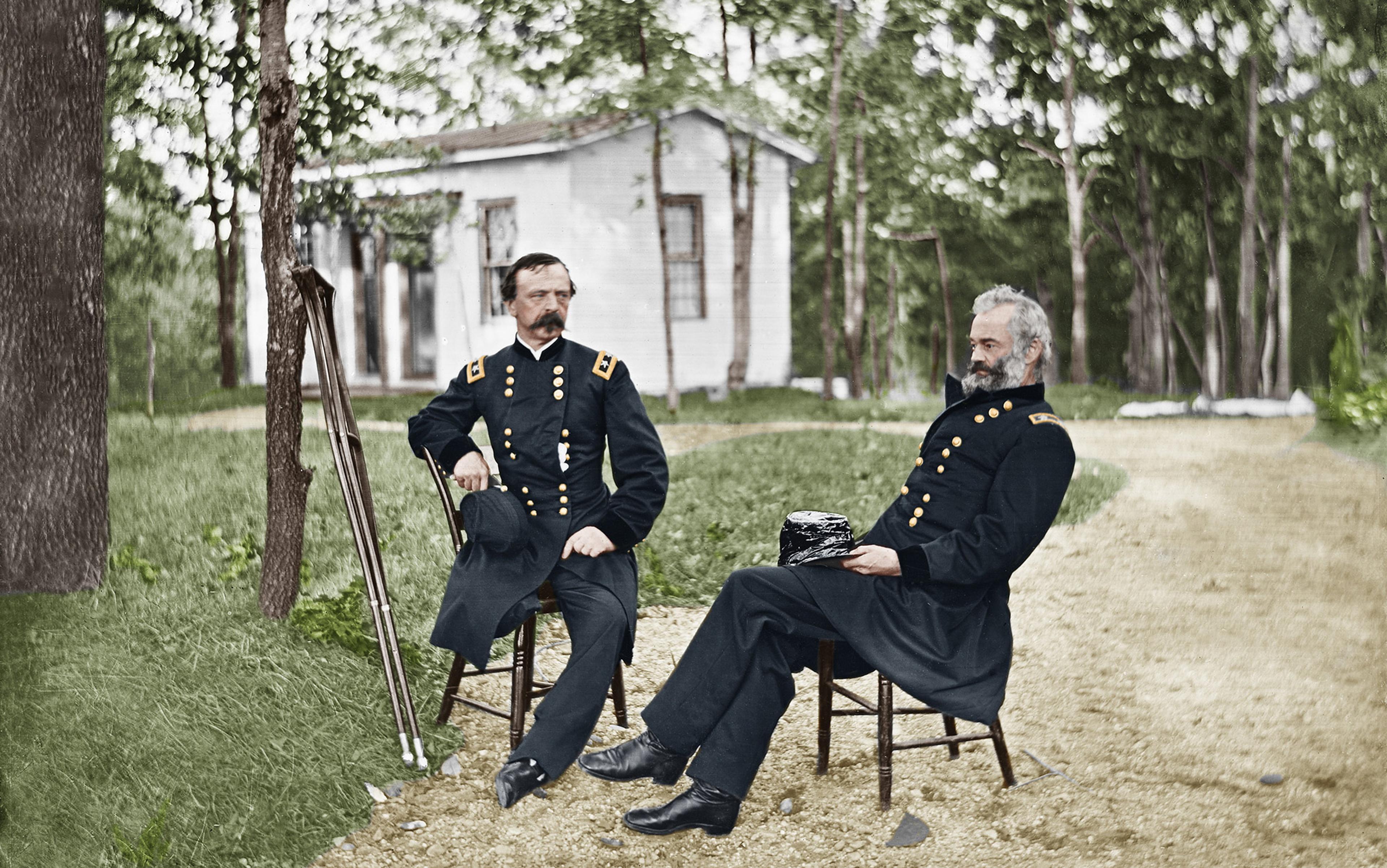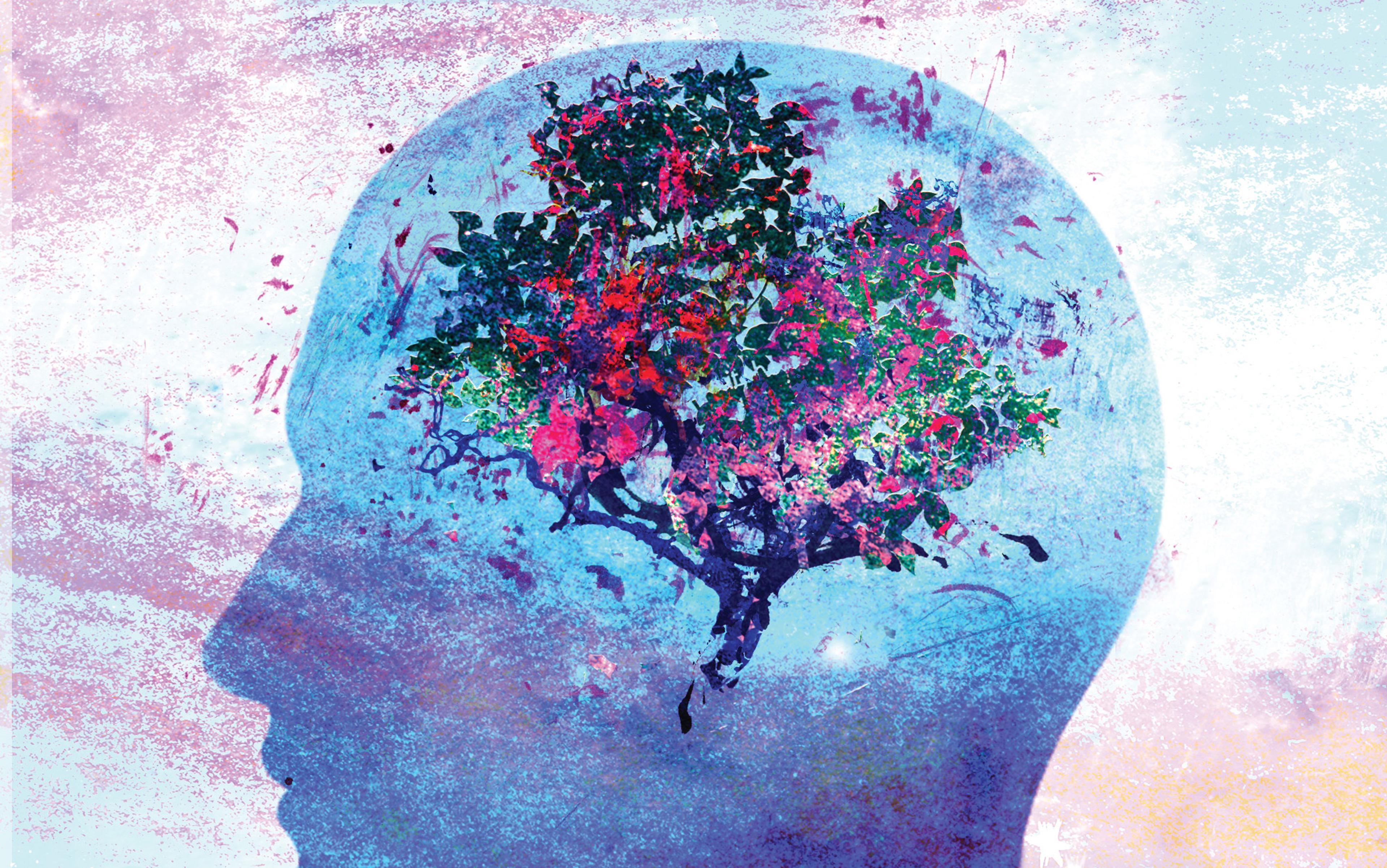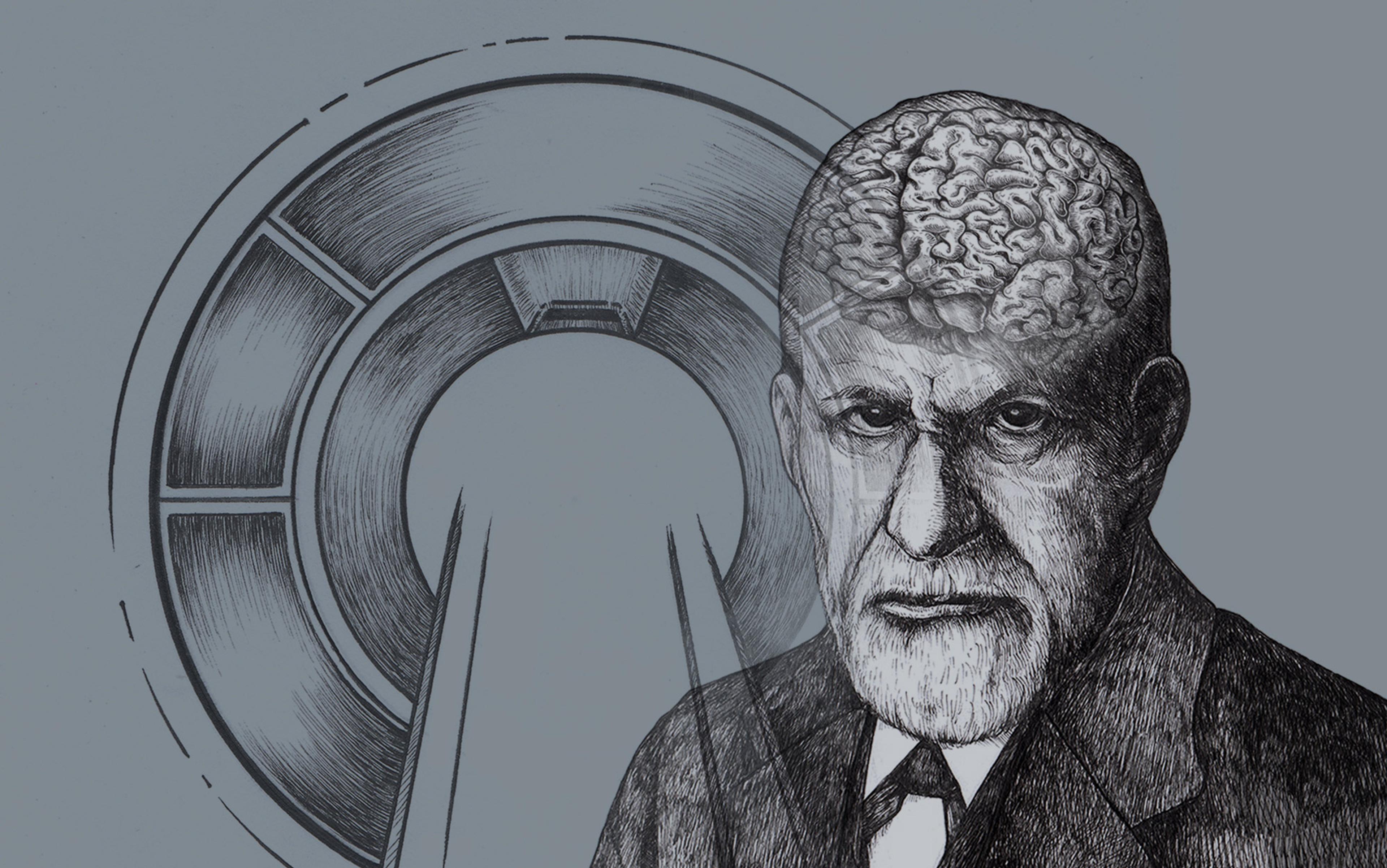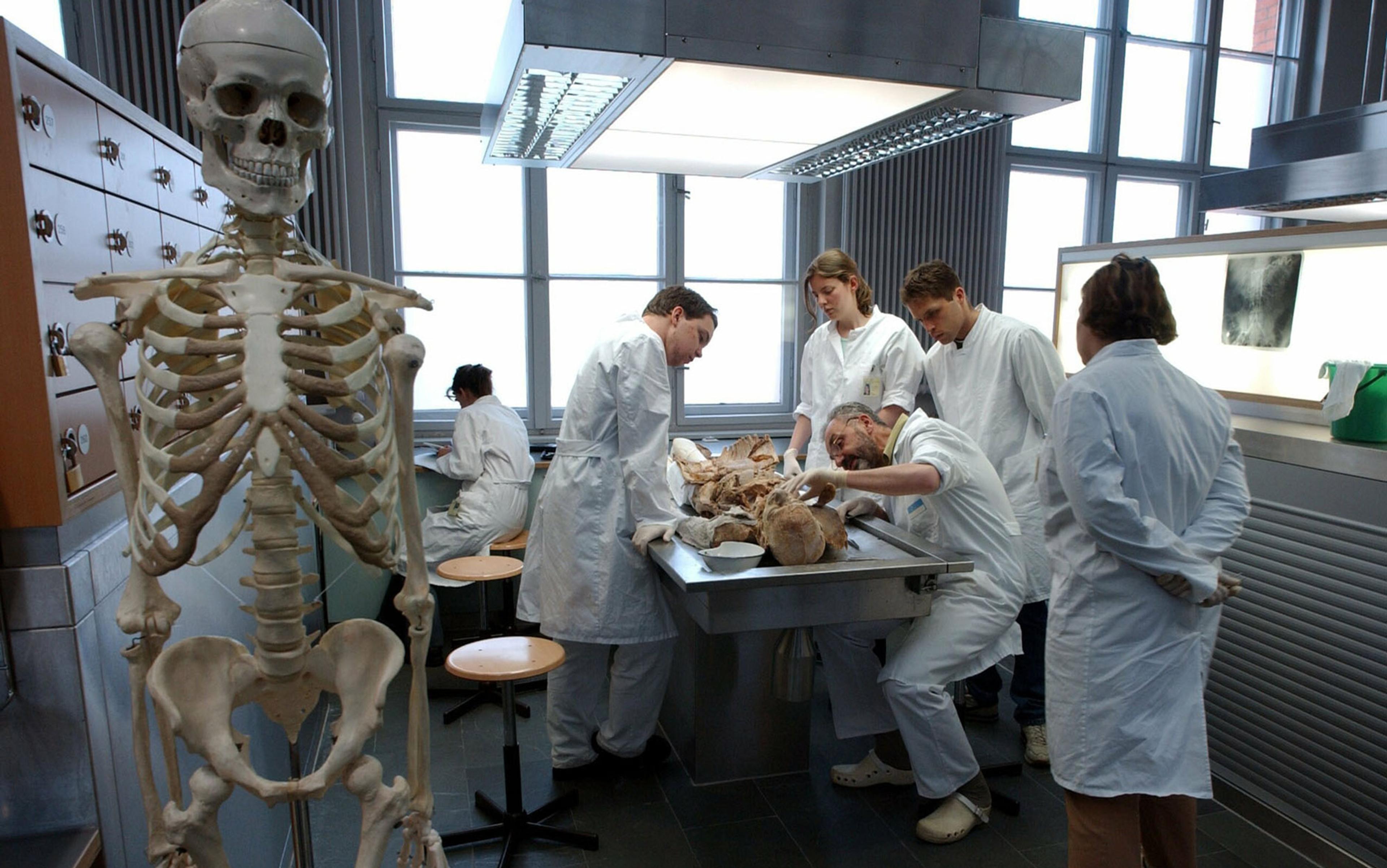As I sat amid stacks of boxes in a stranger’s living room in Fairfield, California, back in 2008, I saw that my search was over. I had succeeded in a quest to track down the personal and professional papers of Douglas McGlashan Kelley, a psychiatrist who had examined the top Nazi prisoners held for the first war crimes trial in Nuremberg in 1945-46. My trail had led me to his son’s house.
A United States Army major, Kelley had gone to Nuremberg at the request of Allied prison authorities to deliver a simple opinion on the mental fitness of 22 notorious defendants held for trial on charges of war crimes and crimes against humanity. These included Hermann Göring, Hitler’s designated successor, the first head of the Gestapo, and an architect of the Holocaust; Rudolf Hess, the Third Reich’s deputy führer and Hitler’s longtime assistant; and Alfred Rosenberg, the Nazis’ pseudoscientific party philosopher and Reich Minister for the Occupied Eastern Territories. Kelley transformed that assignment, however, into an obsessive search for a common thread of mental illness that could account for the heinous behaviour of the men widely regarded as the worst criminals of the 20th century.
Kelley never identified a shared disorder, or anything resembling the ‘Nazi virus’ he hoped to discover. Instead, after subjecting the Germans to intensive rounds of psychological testing and personal interviews, he shocked even himself by concluding that the leaders of the Third Reich were psychiatrically normal men possessing an opportunism and hunger for power that thrived in the social and political upheaval of pre-war and wartime Germany. There were many other such people among us in every nation, Kelley believed.
The boxes in the living room contained the secrets of Kelley’s psychological assessments and interviews – the keys to the personalities of the men who ran the Third Reich, some of whom, like Göring, ended their lives by suicide. After Kelley’s death in 1958, the papers passed through the hands of family members, unseen by anyone else, until they ended up with a son who gave me access to them more than 60 years past the trial’s end. By that time, all the defendants were long dead.
From this treasure trove of long-hidden material I wrote The Nazi and the Psychiatrist (2013). A few months ago, at the end of a presentation I gave about the book at the Mayo Medical School in Rochester, Minnesota, a woman in the audience – the school’s staff attorney, I later learned – rose to speak. She posed a question that has left me wondering ever since: ‘How do you justify making public the medical records and private information of the people you write about?’
At first, I found the question dumbfounding. I had just been speaking about Göring, who was convicted of grievous offences and heinous acts against humanity. He died in 1946. Someone was sticking up for this man’s right to medical privacy?
Putting aside my thoughts on whether Göring deserved any common courtesies and consideration, I explained to the questioner that I’m not a medical provider, and I do not have to follow the ethics of another profession that places a premium on the privacy of patients, living or dead. I have never sworn by the Hippocratic Oath in all my years as a writer. Furthermore, the Health Insurance Portability and Accountability Act (HIPAA) of 1996, a federal US law that regulates the disposition of medical records and protects the privacy of patients, applies to hospitals, medical providers and insurers – but not to writers. Even if it did apply to writers, HIPAA’s privacy protections last for only 50 years past a patient’s death, making the records of Göring and most of his fellow Nazi defendants clearly free from any restrictions on their use.
‘Don’t private medical records deserve more permanent protections?’ my questioner persisted.
I could imagine an institution taking that position to bolster its reputation and maintain the confidence of its patients, some of whom might want their medical information forever buried from public view. But, I told her, ‘my personal ethics emphasise satisfying the needs of my readers. If readers have to know something to understand a story, I’m obligated to do all I can to report it to them, providing I don’t hurt an innocent person in the process. Courts have long established that people should have no expectation of privacy from journalistic investigations past death’.
The amplified sound of my voice died down in the lecture hall, and the questioner at last sat down. The matter seemed settled, except I kept thinking about it. Do the deceased have some claim on me for their privacy? Was my handling of sensitive medical information truly ethical, and did my readers really have to know all I dredged up for them?
Concerning the medical records of the dead Nazis, the answer was clear: their information lay within the public domain, and my efforts to give meaning to those records and set them in historical context undeniably served the public interest. This was crucial information about the behaviour and psyches of the men behind the Third Reich and the Holocaust. How could I harm their rancid reputations any further? Medical school attorneys aside, few would question the ethics of my decision to expose these medical records.
But I had similarly dipped into another batch of medical records several years earlier, and here my ethics were not incontestable. During my research for The Lobotomist (2005), a biography of Walter Freeman, the neuropsychiatrist who pioneered and championed psychiatric surgery as a treatment for various forms of mental illness, I mined the medical records of some of the 40,000 peoplein the US who had undergone lobotomies between 1936 and the late 1970s. I found those records mixed in with Freeman’s other papers in the archives at George Washington University.
I wanted to challenge the preconceptions of my readers by telling the stories of patients as factually as I could. If readers could think of these unfortunate people less as generically lobotomised victims and more as spouses, parents and children whose lives had been disrupted in specific ways by mental illness and its treatment, it would be easier to grasp lobotomy’s attractions and limitations. Also, writers of the future could more easily follow my trail if I used genuine identifying information. Ethicists in the biomedical and behavioural sciences have long fought historians on the assault on privacy that this approach brings; they value anonymity and collective data over the experience of the identified individual.
A patient of made-up background could never live in the imagination as vividly as Alice Hood Hammatt, 63, who grew up in Topeka, Kansas, loved going to the theatre, and was vain about her hair
To me, including identifying details from the medical records was essential to fulfilling my narrative and journalistic goals, and I knew I’d eventually be challenged for doing so. I had no fear of challenge from actual patients, because I made sure that I included the sensitive information of dead people only, but I didn’t know what to expect in response from their family members – the stigma of mental illness might have left some of them unaware that their relative even had a lobotomy. The disastrous evolution of lobotomy was so important to understand that I pressed ahead nonetheless.
Many books and articles by medical practitioners identify patients only by initials or by using invented names. However, ‘A H’ or ‘Mrs H’, a patient of obscure or made-up background, could never live in a reader’s imagination as vividly as Alice Hood Hammatt, a 63-year-old woman who grew up in Topeka, Kansas, loved going to the theatre, was vain about her hair, and had a husband named Theodore who struggled to find help for his wife’s deep depression and episodes of public exhibitionism.
That’s why the identity of Hammatt, the first American to receive a lobotomy, appeared – for the first time – in The Lobotomist with full details of her case, along with medical and personal information on many other psychosurgery patients who had died decades before I wrote my book. (I included the name of only one then-living lobotomy patient, Rosemary Kennedy, sister of the late president, John F Kennedy, because her treatment had been public knowledge for years.) When I weighed the benefits of illuminating patients’ lives by using their true names and circumstances against the benefits of maintaining the secrecy of their identities, I concluded that establishing their real humanity won out. And my readers were the winners.
A few years after the publication of The Lobotomist, the challenge I dreaded finally arrived. I heard from a woman who had watched a television documentary based on my book, had wondered whether her deceased mother had received a lobotomy, and finally confirmed it through her own research. Even though I had not mentioned this patient in my book, the daughter disapproved of my publication of the actual names and details of other patients. ‘I would consider the use of my mother’s name or image an invasion of privacy,’ she wrote to me. ‘As a parent myself, I would dread my children discovering such family history online or in a book or magazine.’
She questioned whether it matters if I use a patient’s real name or give a fictitious one. ‘I would guess that my family was not alone in burying the truth about their family members who underwent this operation,’ she said. ‘When the genuine names of patients are printed, an author should understand that this information may be a bombshell to family members and others who knew the patient.’ She maintained that a good writer should be able to convey the nuances of a patient’s story without disclosing identifiable information.
I don’t believe it’s possible or desirable to do so. As writer and reader, I always sense that I lose essential shades of verisimilitude when I know some aspect of the tale has been fudged. If the name is missing or altered, what other factual tether has been frayed, intentionally or not?
Nonfiction writers should not lie, especially in the pursuit of someone’s truthful experience
Here’s the remarkable thing about literature, factual or fictional: readers imagine characters in their mind’s eye and identify with subtle aspects of the characterisations. Small, specific details transform into universally felt feelings. That’s what gives great writing its power. A detail untruthfully presented changes the reader’s experience and the magical chemistry of the narrative. I steadfastly believe that the dogged adherence to fact – not to be confused with maintaining an impossible pose of objectivity – is the only way to allow nonfiction narratives to resonate with readers. Nonfiction writers should not lie, especially not in the pursuit of someone’s truthful experience.
Nevertheless, the daughter of the lobotomy patient is persuasive. She would have been hurt if I had mentioned her mother’s name in my book. Knowing that, should I change how I use the medical records of the deceased?
I’m afraid not. Maybe this is why I was never interested in a medical career, but for me public interest will nearly always trump personal privacy. I agree with Allan G Bogue, former president of the Social Science History Association, who years ago sparked controversy by declaring that knowledge advances best when researchers have unrestricted access to private historical records, including medical files. ‘Open’ should be the default status of these records after the decades pass and the subjects die.
My tenets as a nonfiction writer are that individual experience and identity are crucial in storytelling, that others should be able to verify that my work is factual and that, after death, nobody’s life should be off limits to researchers. Even so, when a future story urges me to include sensitive medical information in my writing, I might hesitate. I’m not sure what will happen during that pause. I might think hard about the consequences of exposing family health secrets. I will probably examine the actual need for sharing the information. And then in all likelihood I will proceed as before.






